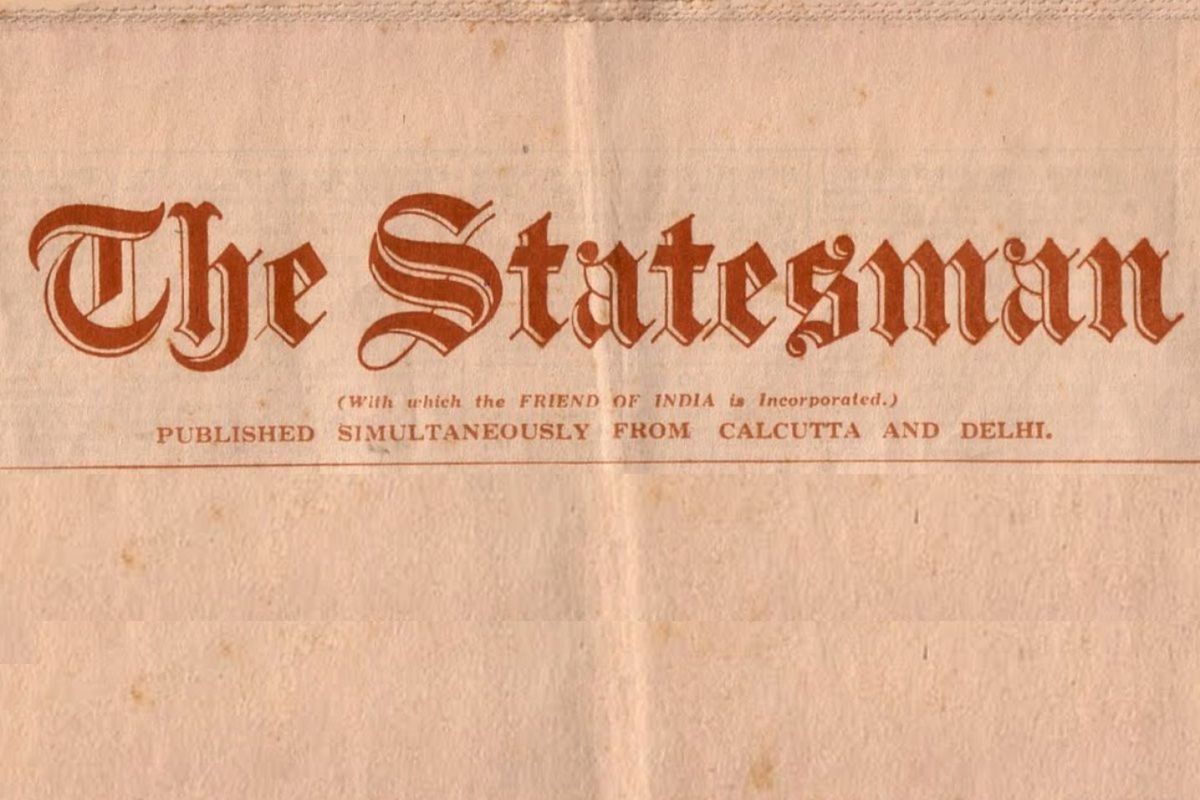OCCASIONAL NOTE
The British public probably acquired more misinformation about India last year than it ever possessed before. What, presumably, may be regarded as a fair sample of the speeches addressed to popular audiences by Home Rule orators is contained in a report of a local meeting published by the Wimbledon Boro’ News of November 8, of which we have received a copy. It is in the local press that we are most likely to see what is said to local meetings. No doubt the audience, which met at a Labour Centre, came prepared to be thrilled, and the speaker of the evening, who appears to have been a Madras barrister, did not disappoint them. he drew a harrowing picture of the “appalling conditions under which the masses of the population of India exist,” and the audience, no doubt, accepted it all as a fair presentment of the case and drew the moral that all these “appalling conditions,” industrial or other, were the fault of British rule, not in strengthening the hands of the Government in efforts to mend matters, but in transferring power to the party represented by the eloquent orator. The Padgets who are to repay the visits of the deputations from India will probably come with ideas similar to those of the dignitary of Warren Hastings’ time who, when about to land at Chandpal Ghat, gazed at the crowd on the bank and commented with indignation on the “wretched victims of tyranny,” who had neither shoes nor stockings.
Advertisement
APATHETIC MUNICIPALITIES
PATNA, JAN 15
A Government resolution on the working of municipalities in the province mentions that the issues raised at the elections except in Patna City, were personal. The Lieutenant-Governor in Council regrets the apathy shown by the commissioners in eight municipalities. “In spite of the imminence of important developments in self-government progress is very slow.” The Government are organising an extensive publicity campaign in the larger towns on the need of increased municipal taxation. Embezzlements were detected in seven municipalities. The war operated as an obstacle to the execution of long pending projects of urgency. The report on the progress of education in Bihar in 1918 and 1919 shows that the war, finance problems, influenza and cholera caused a set-back to the progress of this primary education, and in spite of increased funds the number of schools and scholars fell.
BOMBAY MILL STRIKE
BOMBAY, JAN 15
In reply to Sir Narayen Chandravarkar’s letter, the Secretary of the Millowners’ Association has replied, thanking the Bombay Labour Settlement Committee for stating the case on behalf of the mill operatives and informing him that the Millowners’ Association has decided not to consider the demands of the mill workers until they return to work. No useful purpose, therefore would be served at this stage by a meeting of the millowners and the Labour Settlement Committee. They were, however, prepared to consider the demands of the work people immediately on their resumption of work.
WEAVING SCHOOL FOR DACCA
It may be remembered that Messrs. Everett and Hoogewerf, weaving experts, were deputed by the Government to report on the feasibility of establishing a weaving school at Dacca. As a result of their visit to this city considerable advance has been made in the direction of its early establishment. At a joint meeting of the members of the District Board and municipality held on 12th instant it was decided to write to the Principal of the Serampur Weaving Institute for a detailed estimate of the cost of building such a school. As a preliminary to the establishment of a weaving school, practical demonstrations with the Jacquards machine are being held at three different centres of the town. It is proposed to introduce up-to-date weaving machinery in order that the output of Dacca cloths may be increased and a wider market found for them.
BOMBAY KARACHI AIR MAIL
KARACHI, JAN 15
The flying ground at Karachi has assumed the aspect of a military encampment. In addition to five large hangars, office and store rooms, there are quarters and separate mess rooms for officers, men and followers, and a large store for petrol and oil some distance from the camp. The aerodrome is spick and span with its boundary marks dazzling white, and the landing circle in the centre white within two black lines to make it more prominent. A contingent from the Royal Air Force at Lahore arrived on Tuesday to take over the arrangements in connection with the Karachi-Bombay Air mail and four machines are now on the way from Lahore by day stages and should arrive today.











